Gloucestershire airport outside of Cheltenham, England may seem like just another provincial airfield, but it's the base for an attempt by engineers, designers, and data specialists from Roll-Royce, electric motor and controller manufacturer YASA and the aviation start-up Electroflight to create a single-seater prop-plane that will take electric aircraft to a whole new level.
Partly funded by the British government, ACCEL draws on Formula Eexpertise in an effort to build an electric aircraft that tops out at over 300 mph to set a new e-plane record, and potentially one day even exceed the 1931 Schneider Trophy record set by a Supermarine S.6B that used a Rolls-Royce "R" engine to reach 343 mph (552 km/h) in 1931.
According to Rolls-Royce, the key to the design is to not just make a big enough battery, but also one that won't overheat, is light enough for flight, and can be installed in a stable airframe. The batteries feed into three 750R lightweight e-motors built by YASA. The three electrically-actuated blades of the single propeller operate at 2,400 RPM for a more stable ride with an efficiency of up to 90 percent and zero emissions. Meanwhile, sensors will monitor 20,000 points in the powertrain to provide the engineers with plenty of data on performance.
"This plane will be powered by a state-of-the-art electrical system and the most powerful battery ever built for flight," says Matheu Parr, ACCEL Project Manager for Rolls-Royce. "In the year ahead, we're going to demonstrate its abilities in demanding test environments before going for gold in 2020 from a landing strip on the Welsh coastline."
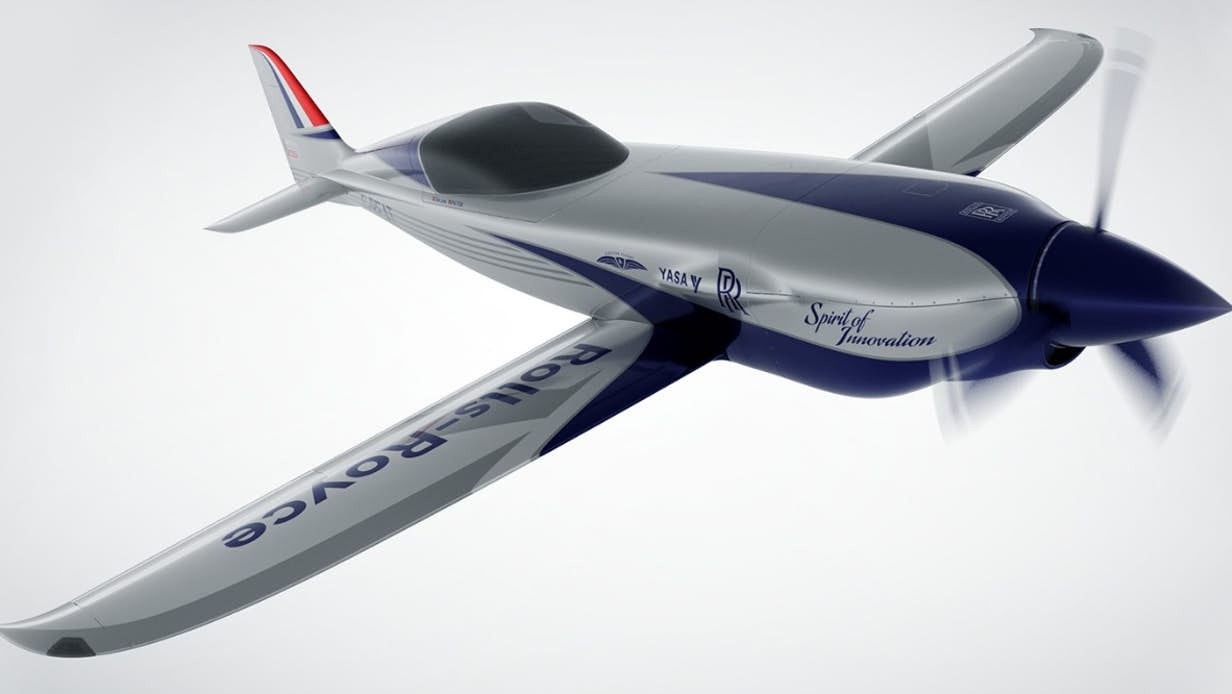

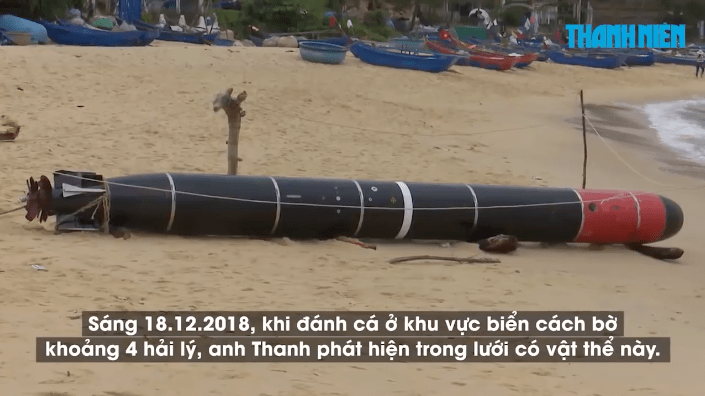


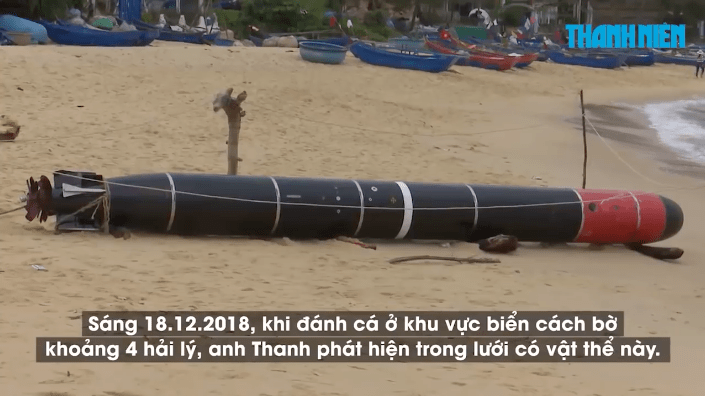

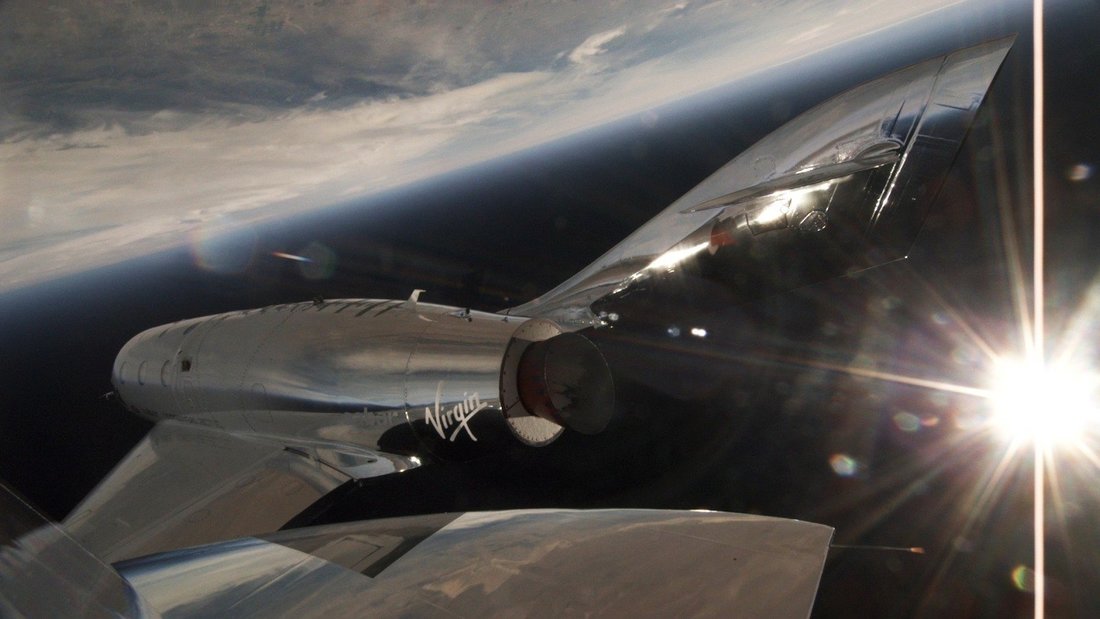



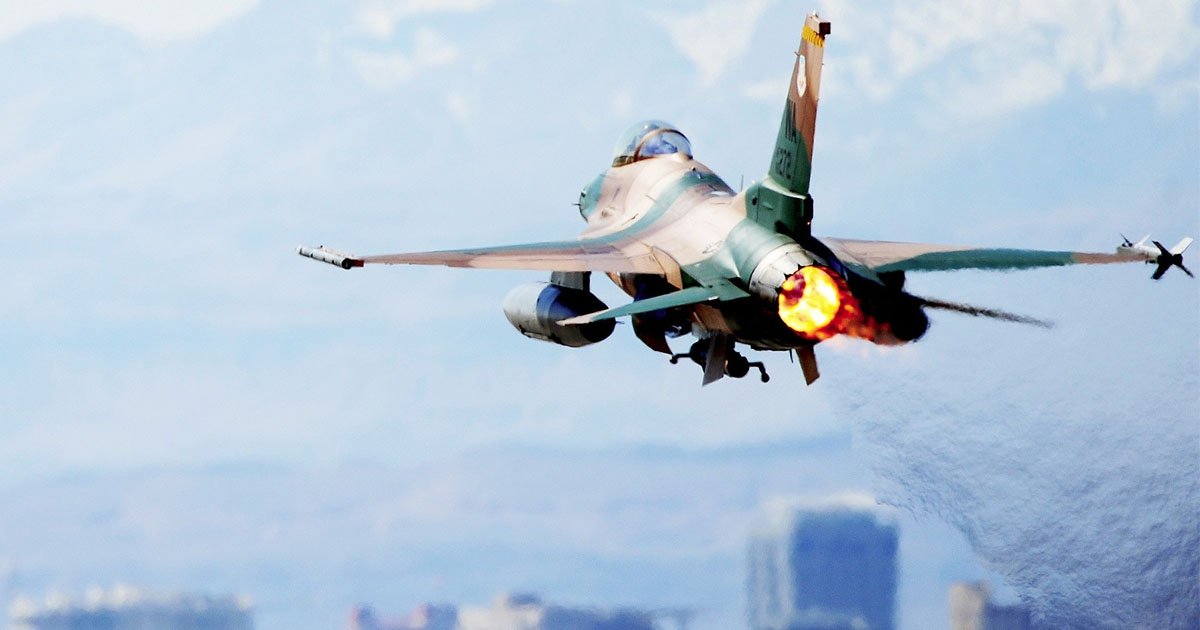

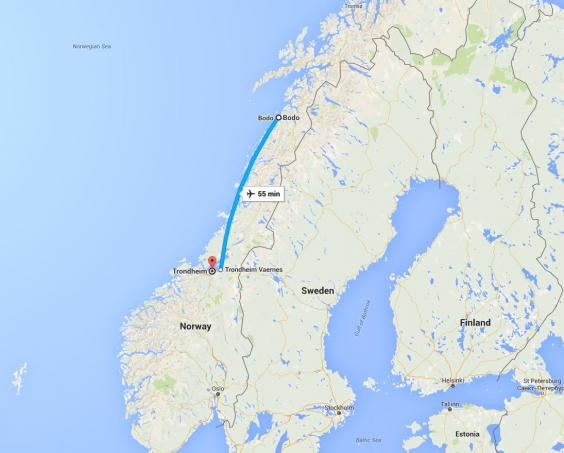
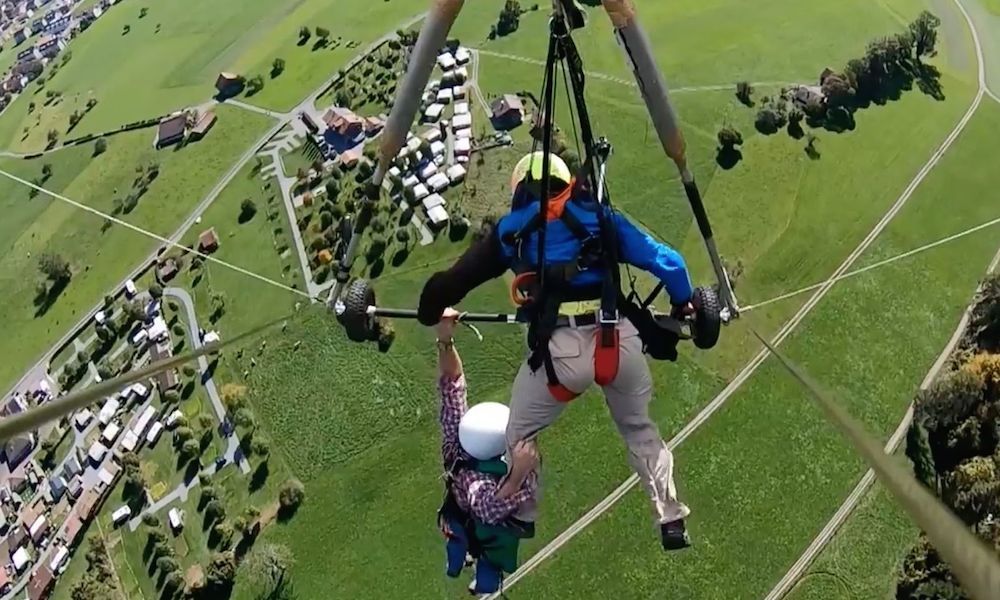

 RSS Feed
RSS Feed